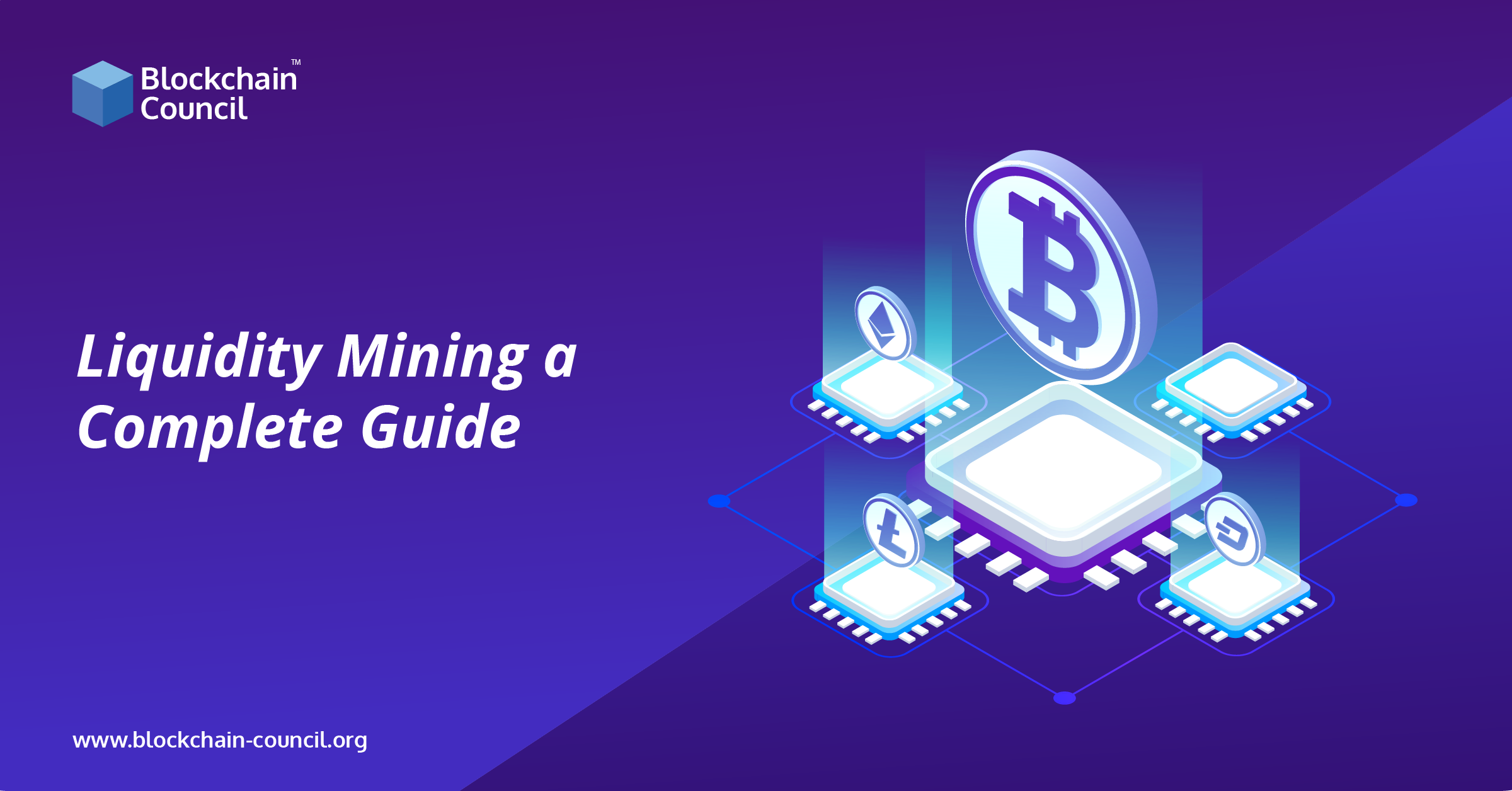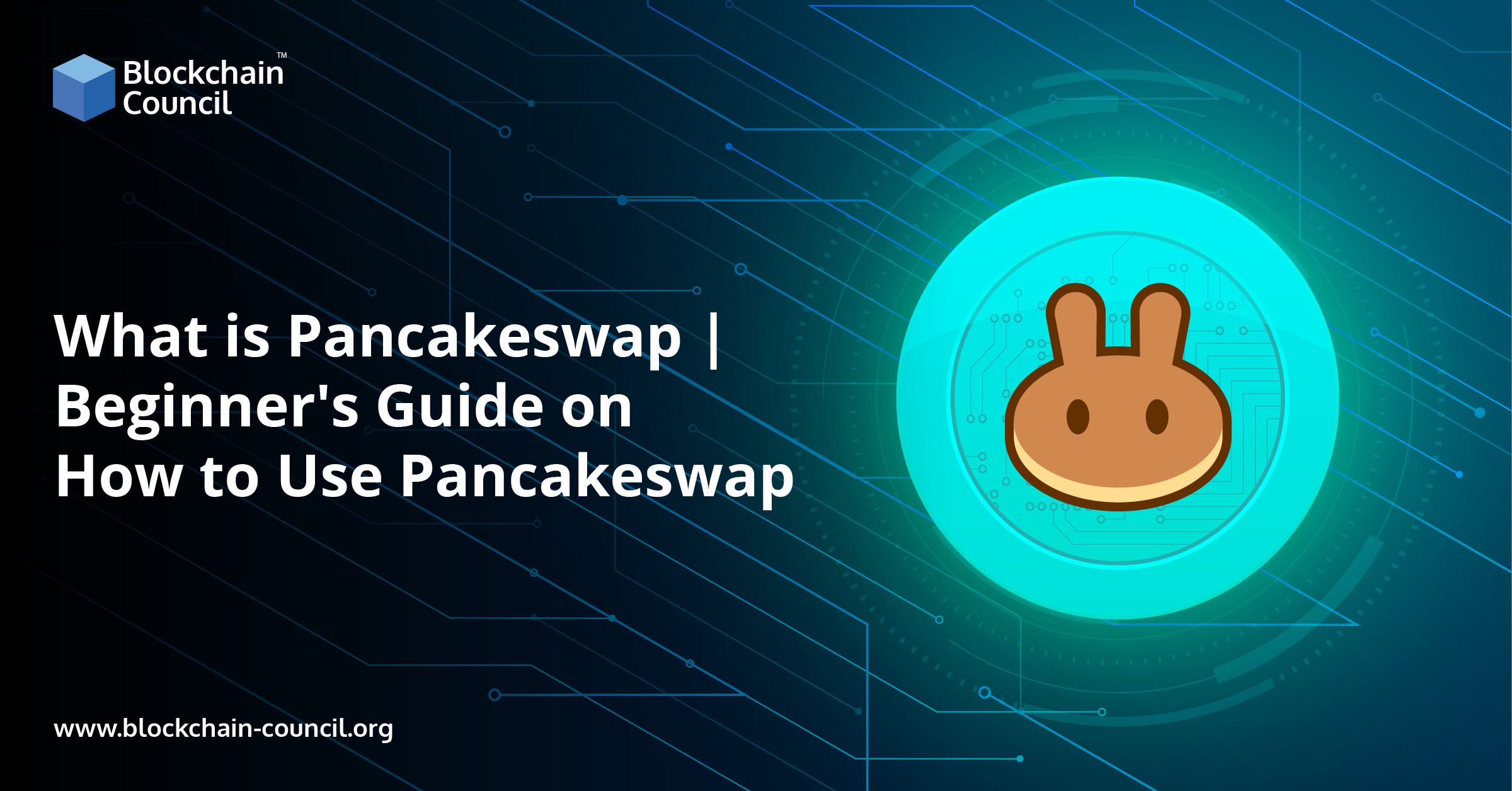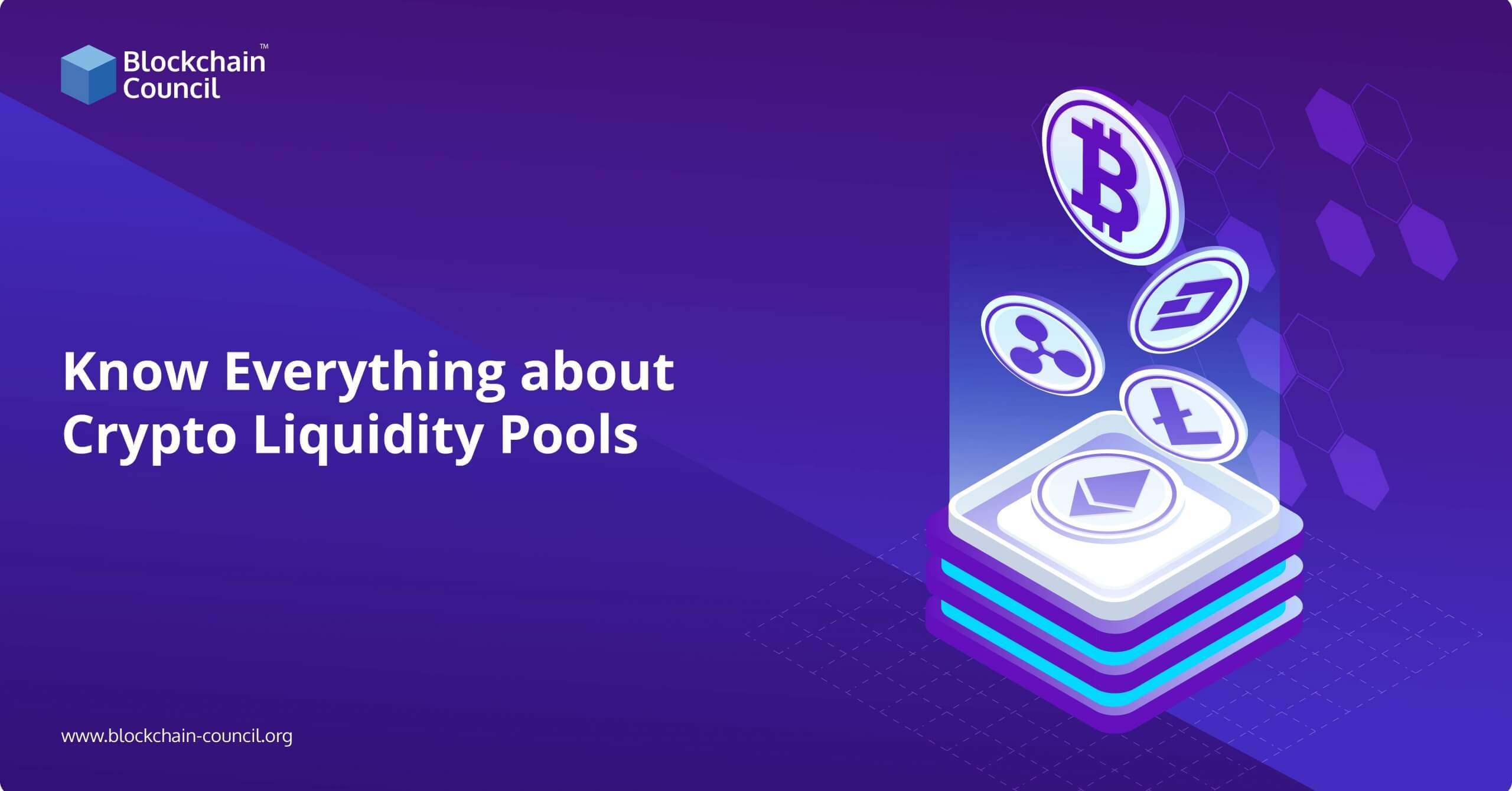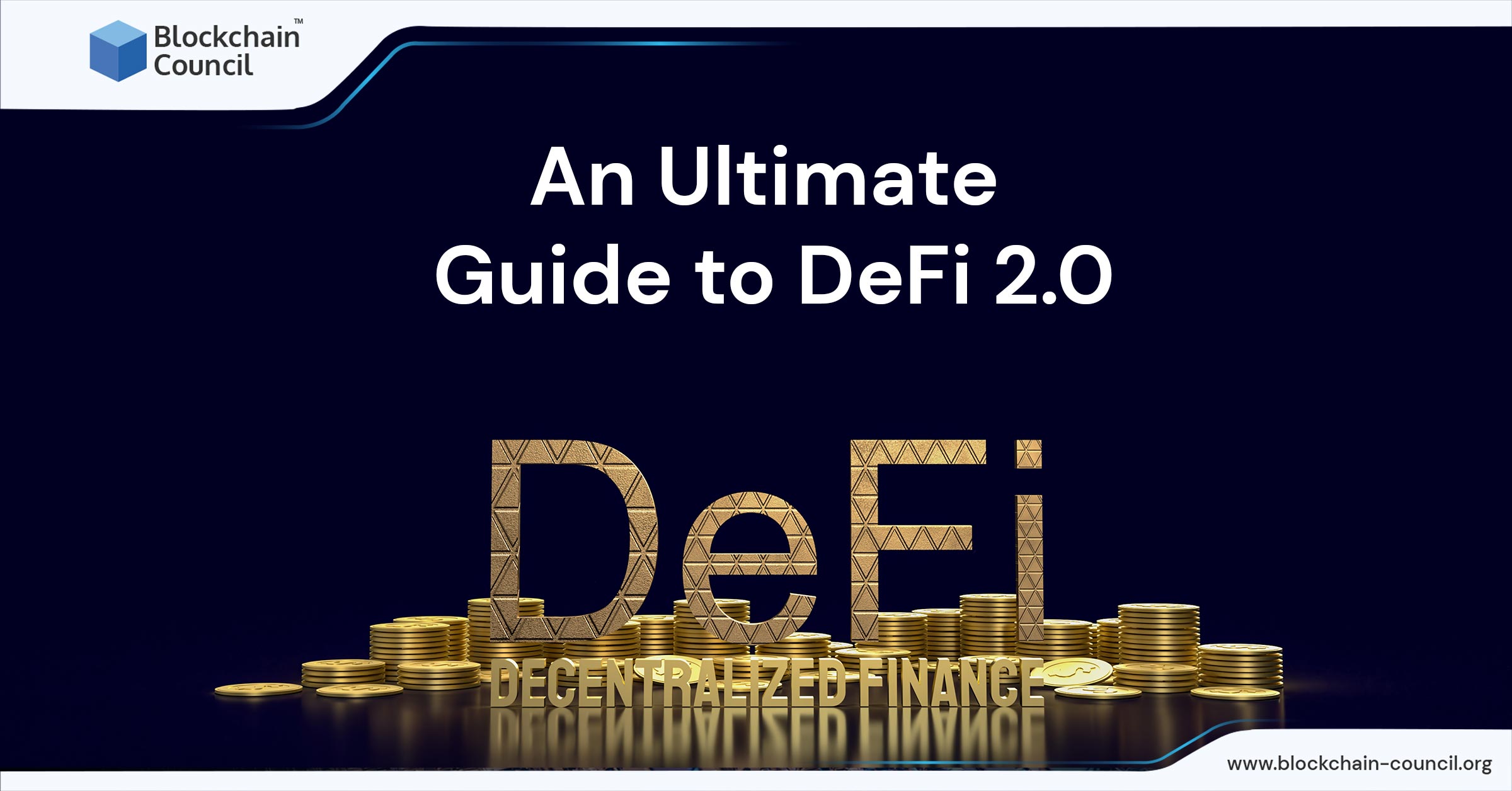
- Ayushi Abrol
- April 14, 2022

The use of blockchain and cryptocurrencies has exploded in recent years. While the most common crypto investment approach is buying and keeping cryptocurrencies until their value rises, there are various other ways to create passive income. Liquidity mining is one such approach, which takes advantage of the massive buzz around decentralized finance (DeFi) while letting investors profit from their holdings.
Having said that, many people may ask what liquidity mining is. Here’s the definition to quell their inquisitiveness: It’s a successful network involvement method because it allows you to invest some of your assets in decentralised exchange liquidity pools. In addition, you may earn trading fees and governance tokens by lending your assets to these liquidity pools. This article delves into all that you need to know about liquidity mining.
Understanding Liquidity Mining
Liquidity mining is the practice of lending crypto assets to a decentralized exchange in return for incentives. Participants contribute cryptocurrencies to liquidity pools for a certain exchange in return for tokens and fees depending on the quantity of crypto they contributed to the pool.
This type of pool often has liquidity in the form of tokens or currencies, and it is exclusively accessible through Decentralized Exchanges (DEXs). Every liquidity provider is compensated based on the overall amount of money they contribute to the pool.
Liquidity mining has become quite popular among investors because it generates passive income, implying that you may profit from it without making active investing decisions. The value of your stake in a liquidity pool determines your overall benefits.
When IDEX originally launched DeFi liquidity mining, it was in the guise of a reward scheme that offered specific incentives to exchange members. Participants were awarded IDEX tokens instead of locking funds in a separate pool once they decided to offer liquidity. The only thing required to get IDEX was to enter a basic limit order.
It was quickly accepted when Compound first presented the DeFi liquidity mining concept in 2020. Since then, the total value locked (TVL) for liquidity mining has hovered around $97 billion. The fact that anybody may utilize this method is one of the main reasons for its appeal among trade participants.
Terminology associated with Liquidity Mining
-
Decentralized exchanges
These are crypto exchanges that allow transactions between two people to take place without the involvement of a third party such as a bank or other financial institution. This form of trade is generally governed by smart contracts and algorithms and is not owned by a single entity.
-
Liquidity Pools
These pools allow cryptocurrency owners to save their assets in the form of tokens, which they can later sell on decentralized exchanges. The exchange has complete control over the assets. Participants on the platform might exchange it or utilize it for other reasons. The crypto holder, on the other hand, is entitled to collect their tokens immediately after supplying their assets to the liquidity pool.
When a deal takes place on one of these exchanges, the transaction fee is split among all liquidity providers, and smart contracts control the entire process.
Protocols for Liquidity Mining
Liquidity mining has gained traction since its inception. There are around 120 DeFi platforms with over $80 billion in TVL, according to DeFipulse.
Liquidity Mining protocols can be classified as follows:
-
Protocols for Fair Decentralization
The fair decentralization protocol is a concept that tries to level the playing field for all parties involved. Thus the native tokens are distributed evenly to all active users and early community members by the protocol.
Unlike initial coin offerings (ICOs), which require interested investors to purchase a governance token, the fair decentralization protocol approach does not sell the native currency. Instead, it employs various criteria to ensure that tokens are distributed equally. After launch, the fair decentralization protocol immediately transfers authority to the community.
-
Protocols for progressive or programmatic decentralization
Progressive decentralization protocols, such as Matrixswap, allow for a progressive transfer of authority to the community. Distributing tokens is a slow process with this approach, and it necessitates establishing a governance model once the project is launched.
Programmatic decentralization is a concept that seeks to prevent an imbalance in the allocation of governance tokens. It keeps whales and institutional traders from amassing large amounts of native tokens.
-
Protocols for Growth Marketing
The third type of liquidity mining protocol is distinct from the previous two. Developers that use this technique reward members of the community who promote the project. Interested parties must promote the DeFi platform or protocol in order to get governance tokens.
Protocols employing the growth marketing model are only revealed a few weeks before the launch date, unlike others that have a roadmap months in advance. The initiatives that use this paradigm thrive on publicity.
The Advantages of Liquidity Mining
Now that you know what liquidity mining is, you can learn about the advantages of using it as an investing technique. The following are the key advantages of liquidity mining:
-
Increase in Yield
It’s vital to realize that your yield is proportionate to the entire risk you accept with your investment before you start liquidity mining, making it a good strategy for any investor. If you make a significant investment, your returns will be proportional to your commitment. The same is true if you wish to dip your toes into the liquidity mining approach before completely committing.
Decentralized exchanges can’t function without a certain level of liquidity for traders who wish to swap tokens from various cryptocurrencies. Therefore, exchanges are enticed to compensate you for your contributions when you supply liquidity in this way.
Your benefits normally come in the form of trading fees that accumulate anytime trades occur on the exchange in question, as your investment is effectively used to support decentralized transactions. Because your returns are determined by your portion of the liquidity pool, you can practically predict your rewards before you invest.
-
Native Tokens and Governance Distribution
DeFi liquidity mining has the advantage of allowing for an equal allocation of governance via native tokens. Token allocation was mainly unfair and uneven prior to the advent of cryptocurrency liquidity mining. Furthermore, because institutional investors have access to more money than low-capital investors, DeFi protocol architects would often favor institutional investors over low-capital investors.
DeFi liquidity mining gives both low-capital and high-capital investors an equal chance to acquire local tokens. These tokens provide you with a certain degree of voting power in the DEXs you’ve invested in. In addition, you can utilize tokens for a certain exchange to alter the protocol’s properties if you have them.
Despite the fact that tokens are primarily used for governance, they are quite adaptable and may be used to stake, generate money through yield farming, or obtain a loan.
-
Low Entry Barriers
DeFi liquidity mining features a minimal barrier to entrance and an equitable distribution of rewards to investors. As previously said, everyone may benefit from this investment technique. If you’ve always wanted to be a part of the decentralized ecosystem but didn’t have the resources to do so, cryptocurrency liquidity mining allows you to supply any quantity of liquidity in exchange for actual rewards.
-
Builds a Loyal and Trusting Community
Because many investments occur with new exchanges, one benefit of liquidity mining that is sometimes neglected is that it fosters a trusted and devoted community. When a liquidity mining scheme is implemented, the liquidity providers often get more involved in the community while the exchange itself grows.
Individuals who supply liquidity are also more likely to use the system and keep tokens after investing in their digital holdings. The advantages of liquidity mining go beyond the money you earn as a liquidity provider. You will continue to obtain more benefits if you continue to follow the protocol.
Threats Related to Liquidity Mining
So far, liquidity mining has provided the DeFi community with more benefits than we can fathom. However, we cannot ignore the threats associated with liquidity mining.
In this part, we’ll go through the risks of liquidity mining:
-
Imbalance of information
DeFi knows how to deal with mediators and central authority’s influence over your funds. Even when it comes to liquidity mining, though, insider knowledge may create an unequal playing field.
Those who are aware of the opening of a new liquidity pool before others can take advantage of the incentives programs that were created to ensure a fair distribution. The protocol’s openness of the mining program and accompanying liquidity pools is one of the greatest approaches to solve this. When more protocols become DAOs, it’s conceivable that this solution will look out for the community as a whole rather than individual investors.
-
Exorbitant Gas Prices
The Ethereum network is the most popular blockchain for smart contracts right now. It employs the proof-of-work (POW) consensus, which needs processing fees, i.e., gas costs, despite plans to migrate to the proof-of-stake (POS) consensus.
Higher gas prices may price out small capital investors, resulting in liquidity mining benefits for those who can afford to pay high fees. With Eth2.0 on the horizon, these Ethereum concerns should level the playing field and allow more retail customers to trade on the network, benefiting from incentive schemes such as liquidity mining.
-
Technical Hazards
The source code that runs a protocol becomes more difficult as it becomes more advanced. As a result, protocols are vulnerable to technological flaws. Unscrupulous persons can take advantage of a protocol and its assets if the code is not carefully audited.
-
Rug Pull threat
Despite the many benefits of decentralized investment, the system’s design includes a few inherent hazards that might occur. One of these is the risk of “rug pulls,” which is a sort of fraud that occurs when liquidity pool and protocol creators decide to shut down the protocol and withdraw all of the money invested in the project.
Fresh projects may be established without any type of authentication or registration because all decentralized protocols provide anonymity. One example is Compounder Finance (not to be confused with Compound Finance), where developers closed the project in 2020 and fled away with $10.8 million in investor funds.
-
Impermanent Loss
When the price of the tokens you’ve supplied to a liquidity pool changes from when you originally deposited them, it’s called impermanent loss. The larger the price gap, the more likely there is to be a temporary loss.
As a result, when you decide to withdraw, the value in $USD is lower than when you opt to offer liquidity. This risk is normally mitigated by benefits from incentives like trading fees, but the volatility of the cryptocurrency market makes liquidity providers more stressed about their deposits.
If you don’t want to be a victim of a liquidity mining scam, make sure you do proper research and learn everything you can about a business before investing.
Conclusion
Liquidity mining is a type of passive income that allows crypto holders to profit from their present assets instead of holding them in cold storage. In exchange for a proportional distribution of trading fees to each liquidity provider, assets are loaned to a decentralised exchange.
You should be better ready to invest your money in liquidity pools if you have a solid grasp of liquidity mining and its possible dangers and advantages. High yields that enhance your portfolio and allow you to earn continuous passive income are possible if you use the appropriate technique. While other passive investing techniques may have advantages, liquidity mining is the most easily implemented investment approach.
If you aspire to become a certified professional in the blockchain domain, then Blockchain Council’s certification courses are available at your service. These courses are designed to provide theoretical as well as in-field knowledge to the candidates. They are pocket friendly too. So enrol in a course that best meets your demands.
If you want to keep up with the trends of blockchain industry, join our communities on Discord, Reddit and Telegram.





































































 Guides
Guides News
News Blockchain
Blockchain Cryptocurrency
& Digital Assets
Cryptocurrency
& Digital Assets Web3
Web3 Metaverse & NFTs
Metaverse & NFTs
